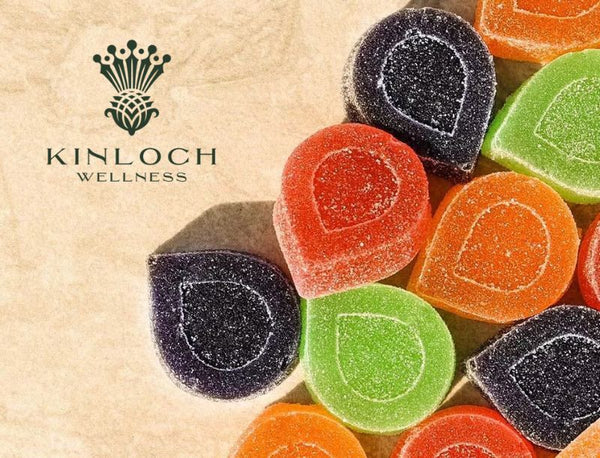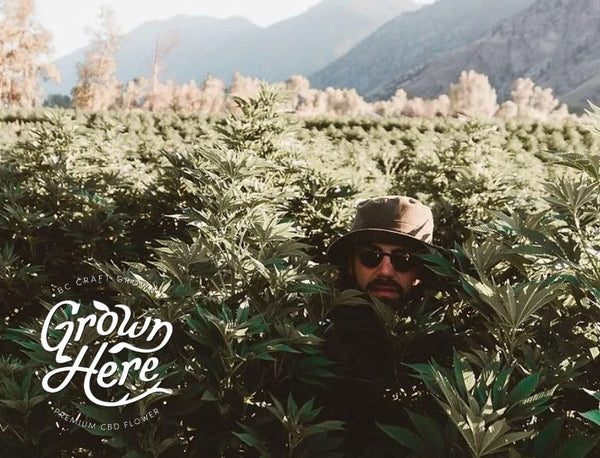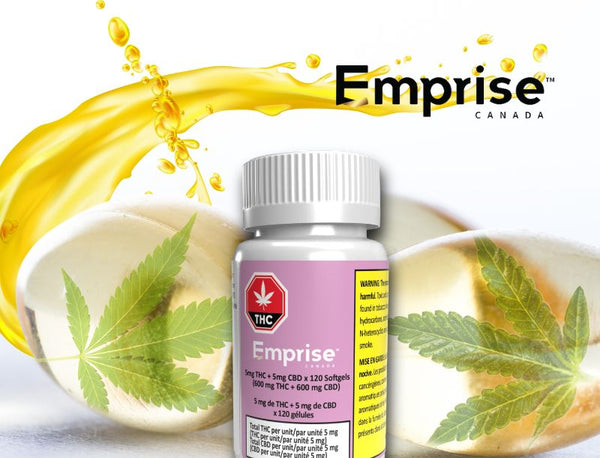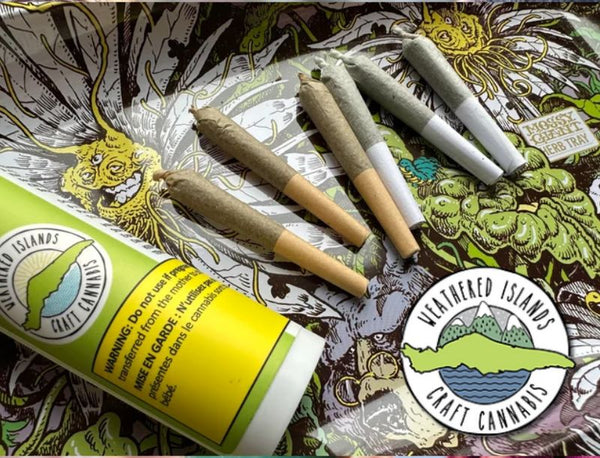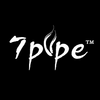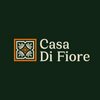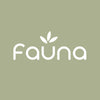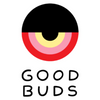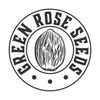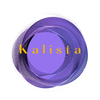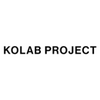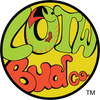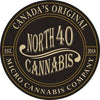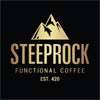Canada's premier online dispensary for small-batch cannabis
Experience Craft Cannabis Like Never Before
New Products
Featured Brands
A Legacy Rooted In Craft Cannabis
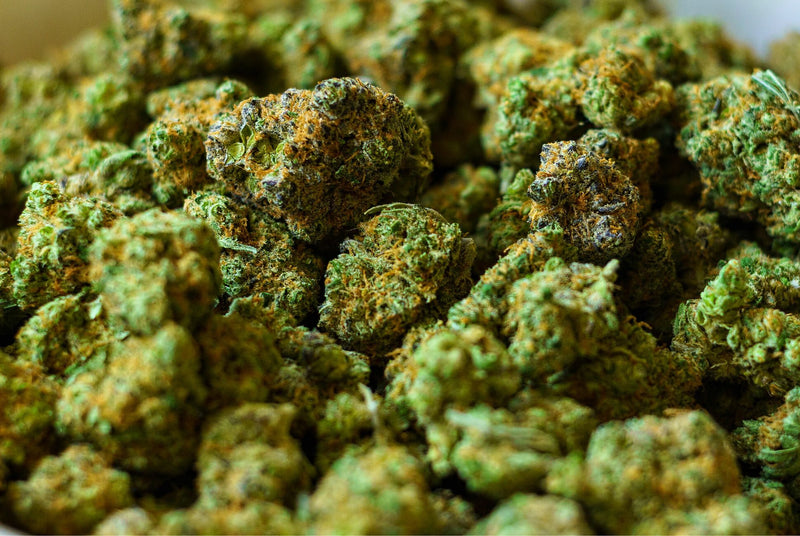
Since 2015, Herbal Dispatch has been leading the charge for craft cannabis in Canada. Our mission is simple: to provide our members with access to the best quality, small-batch cannabis in Canada.

Enjoy the smooth and flavourful mix of Coast Mountain Cannabis' Pemberton Pink and Woody Nelson's Rainbow Driver strains, all grown using Living Soil Organic methods. Contains: 6 x 0.5 grams
- Regular price
- $29.95
- Sale price
- $29.95
- Regular price
-
- Unit price
- per
Brands We Love
Best Sellers
Blog

BudderKing and the Birth of Shatter:
A Vancouver Legacy
The popularity of concentrates has exploded in recent years, from traditional hash to newer forms like shatter, budder, and live resin. They've become more accessible, potent, and diverse in types and flavours. But how did it all start?
While the origins of cannabis concentrates can be traced back centuries, the modern methods and techniques used today are relatively new. Hydrocarbon extraction, the process used to create popular concentrates like shatter and budder, was not widely known or utilized until the 1990s. And even then, it was mostly limited to underground production.
Known as the BudderKing, a Vancouver resident is often credited as one of the first individuals to introduce hydrocarbon extraction and shatter to the world. His "budder" was a hit among Vancouver's cannabis community, quickly gaining popularity and paving the way for the modern concentrate industry we know today.
Let's take a trip down memory lane and explore the early days when the BudderKing reigned supreme and introduced the world to the wonders of hydrocarbon extraction.
The birth of budder
Back in the late 1990's and early 2000s, the cannabis industry was still in its infancy. We were all smoking joints, bong hits and hot knives. Dabbing didn't even exist yet. That's when the BudderKing came onto the scene and changed everything.

His identity remains a mystery to this day, but his incredibly potent and flavourful budder quickly gained a cult following in Vancouver's underground cannabis culture. His budder, which got its name from its creamy, butter-like consistency, was unlike anything anyone had ever experienced before. It was pure, potent and packed with flavour.
As word of the BudderKing's amazing product spread, more and more people wanted to get their hands on it. However, due to its underground production and limited availability, budder remained a niche product enjoyed only by those in the know.
That changed in 2003 when Da Kine Smoke and Beverage Shop in Vancouver began selling BudderKing's budder to the public. He also released shatter, a glass-like concentrate that became an instant hit. With its high THC content and intense effects, shatter quickly gained a reputation as one of the strongest cannabis concentrates on the market.
These two products were a game-changer for the Canadian cannabis market. They opened up a whole new world of possibilities and introduced consumers to the incredible potency and flavour that could be achieved through hydrocarbon extraction.
The alchemy of hydrocarbon extraction
As more people discovered the wonders of budder and shatter, demand for hydrocarbon extraction grew. This led to the rise of specialized labs and equipment specifically designed for this method of extraction.

Hydrocarbon extraction involves using solvents like alcohol, butane or propane to extract the cannabinoids and terpenes from the cannabis plant. It allows for a more precise and efficient extraction process, resulting in concentrates with higher levels of THC and a more robust flavour profile.
Using sub-zero temperatures and pressure, hydrocarbon extraction can produce a variety of cannabis concentrates including budder, shatter, wax, and live resin. Once the extraction process is complete, the solvents are purged in a vacuum oven, leaving behind one of the cleanest and most potent forms of cannabis.
As the popularity of cannabis concentrates continues to grow, so does the technology behind extraction methods. Closed-loop systems, which recycle solvents and are considered safer and more efficient, are now the industry standard. And better preservation techniques, such as flash freezing the plant material, have resulted in even more flavourful and potent concentrates.
Finally, the dab rig was introduced, moving away from the "hot knifing" method and providing a more efficient way to consume concentrates. The rig uses a heated nail or banger to vapourize the concentrate, producing a smooth and intense inhalation experience. Today, dab rigs come in a variety of shapes and sizes, with advanced features like electronic nails and temperature control.
The new wave of cannabis concentrates
With the rise of hydrocarbon extraction, a slew of new and innovative cannabis products have hit the market. These include not only concentrates but also vape oils and edibles infused with concentrated oils. Some of the most popular hydrocarbon products include:
Shatter: This glass-like concentrate is created by purging the solvents from a hydrocarbon extraction in a vacuum oven. What's left behind is a potent concentrate with a smooth and glassy texture.
Budder/Wax: Similar to shatter but whipped during the extraction process, budder/wax is a more malleable concentrate with a creamy texture.
Live resin: Made from freshly harvested, flash-frozen cannabis material, live resin captures the full spectrum of cannabinoids and terpenes for an incredibly flavorful and potent concentrate.
Sauce: Also known as terp sauce, this product is made by separating THCa crystals from a high terpene extract. The result is a highly aromatic concentrate with exceptional potency.
Diamonds: A process that takes several weeks, diamond mining involves separating THCa crystals from terp sauce and allowing them to grow into large, faceted gems. The result is a highly potent concentrate with a diamond-like appearance.
Caviar: A combination of Diamonds and Sauce, caviar is one tasty and potent concentrate. The diamonds are soaked in terp sauce, resulting in a highly aromatic and flavourful product.
In just a few short years, hydrocarbon products have taken the cannabis industry by storm with their potency and flavour profiles. As the industry and technologies continue to evolve, we're likely to see even more innovative and diverse hydrocarbon products hit the market. How exciting!
The legacy of BudderKing and beyond
When the BudderKing first started producing hydrocarbon concentrates, it was a relatively unknown and untested method. But thanks to the passion, innovation, and dedication of cannabis enthusiasts and extract artists, hydrocarbon products have now become a staple in the cannabis community.
Today, we're fortunate to have access to an incredible range of concentrates, each with their own unique characteristics and benefits. So whether you prefer shatter, sauce, diamonds or any other form of concentrate, one thing is for sure - the future of hydrocarbon concentrates is looking brighter than ever. Cheers to the BudderKing and all the pioneers who have made this possible!

Membership Has Its Privileges
As a member, you will enjoy receiving:
Already a member? Login here




















